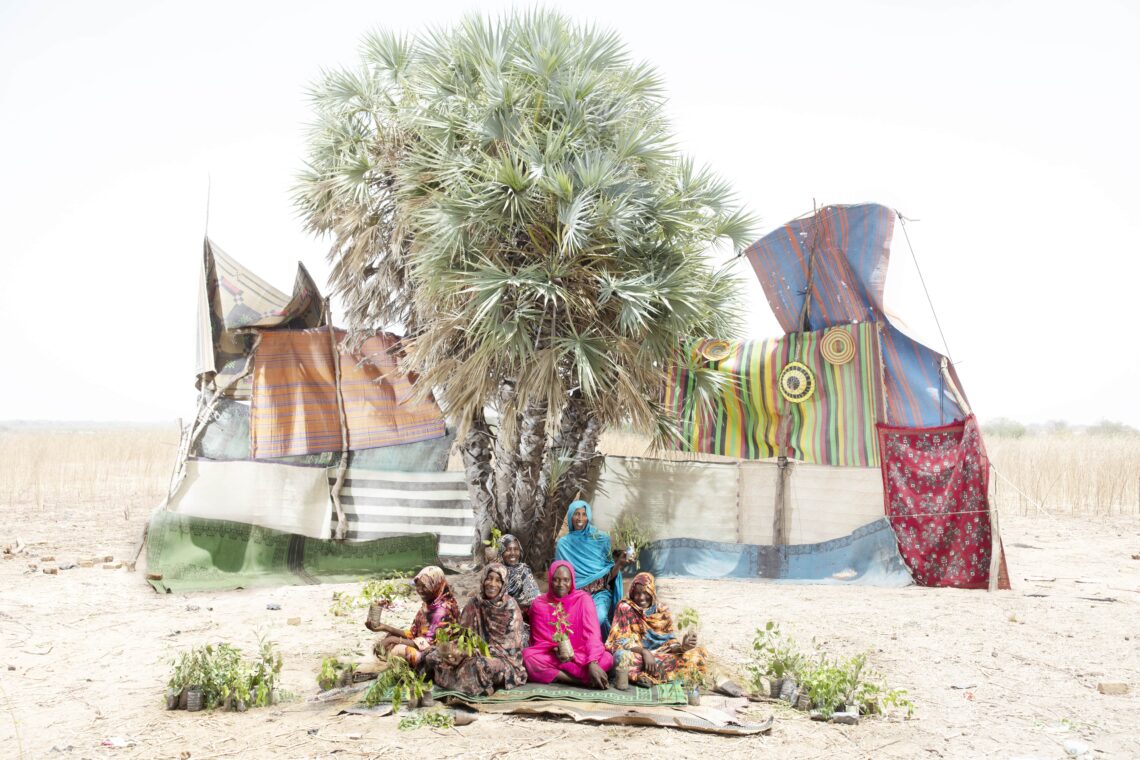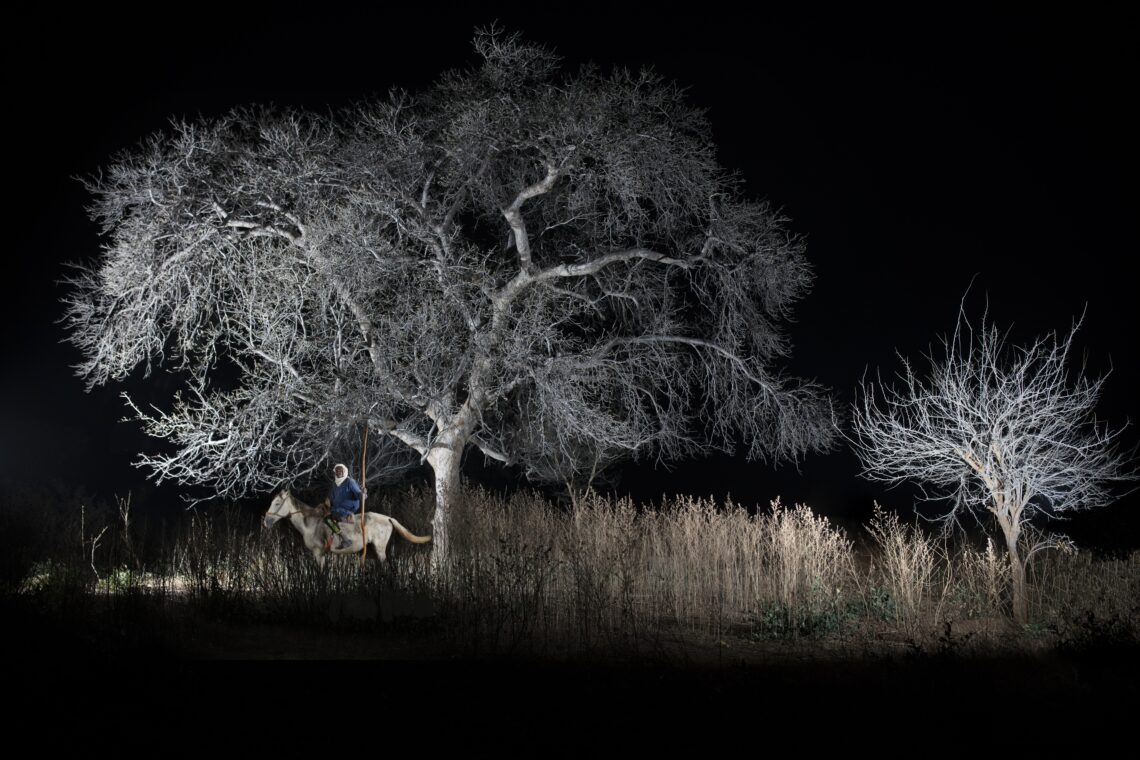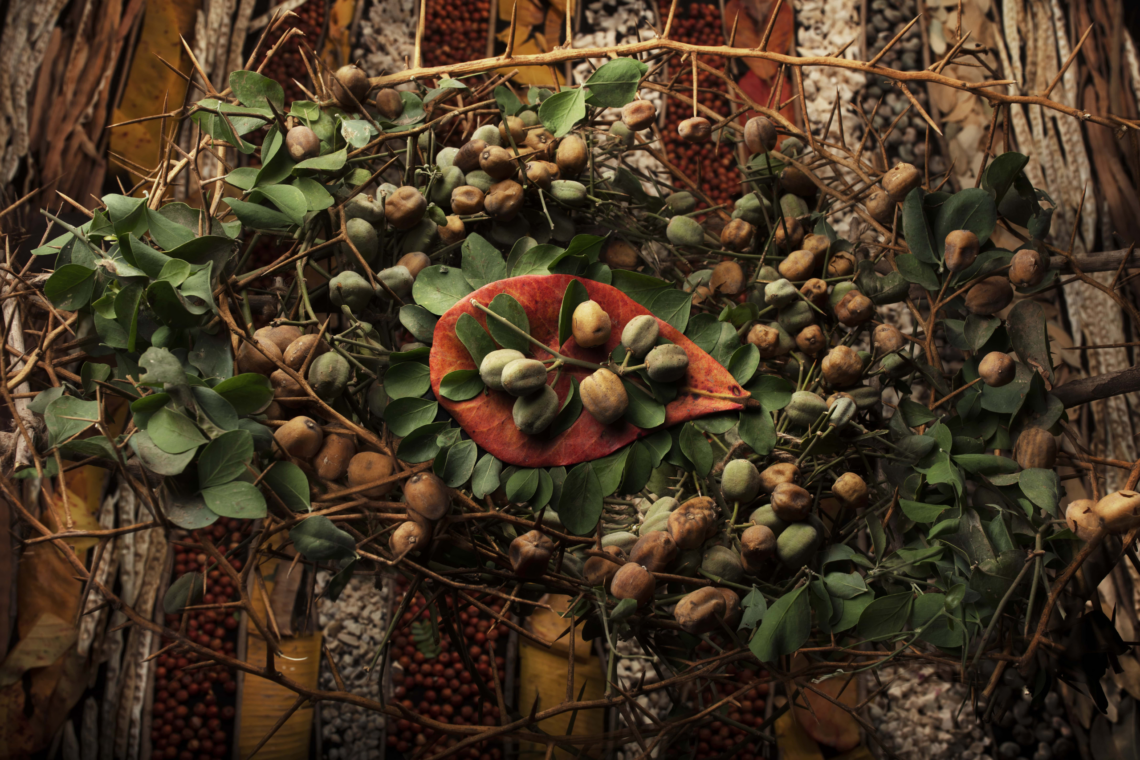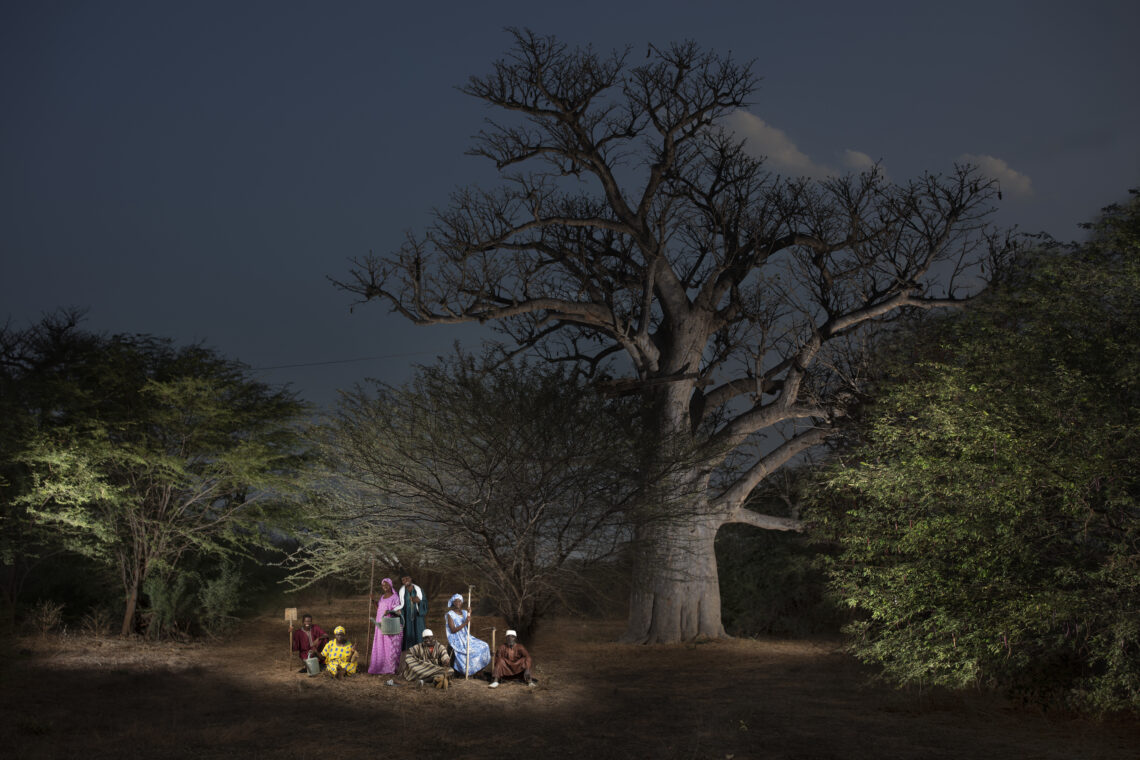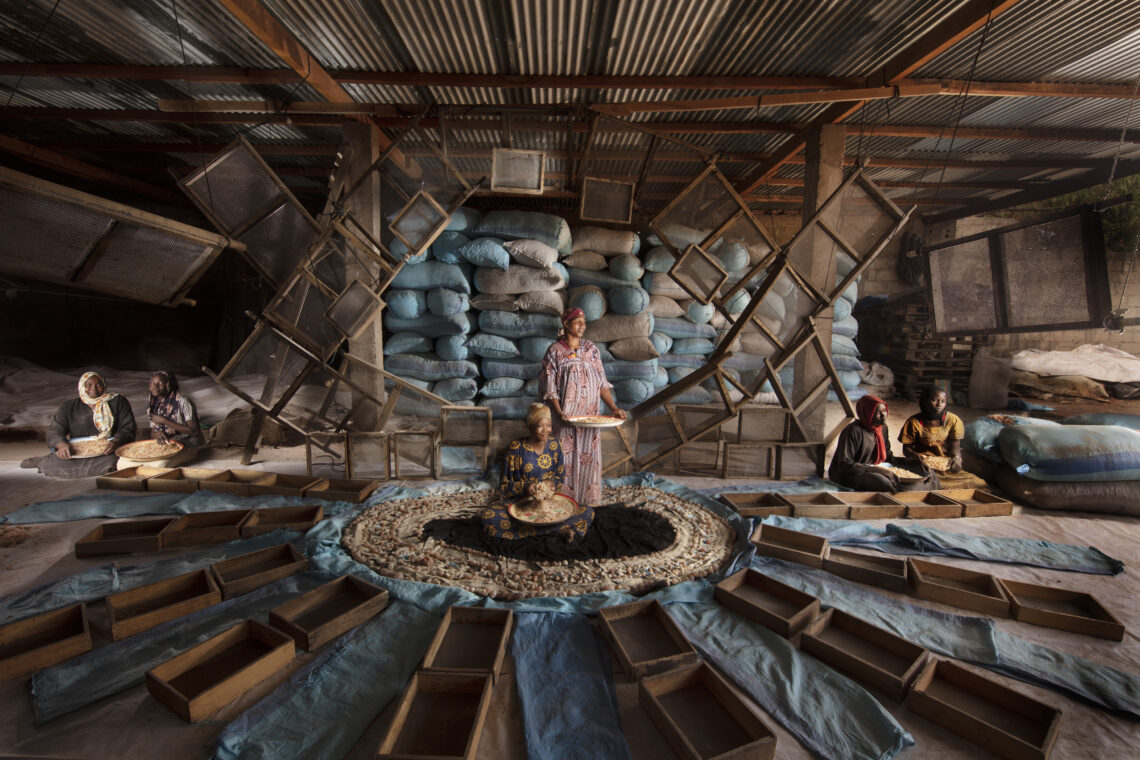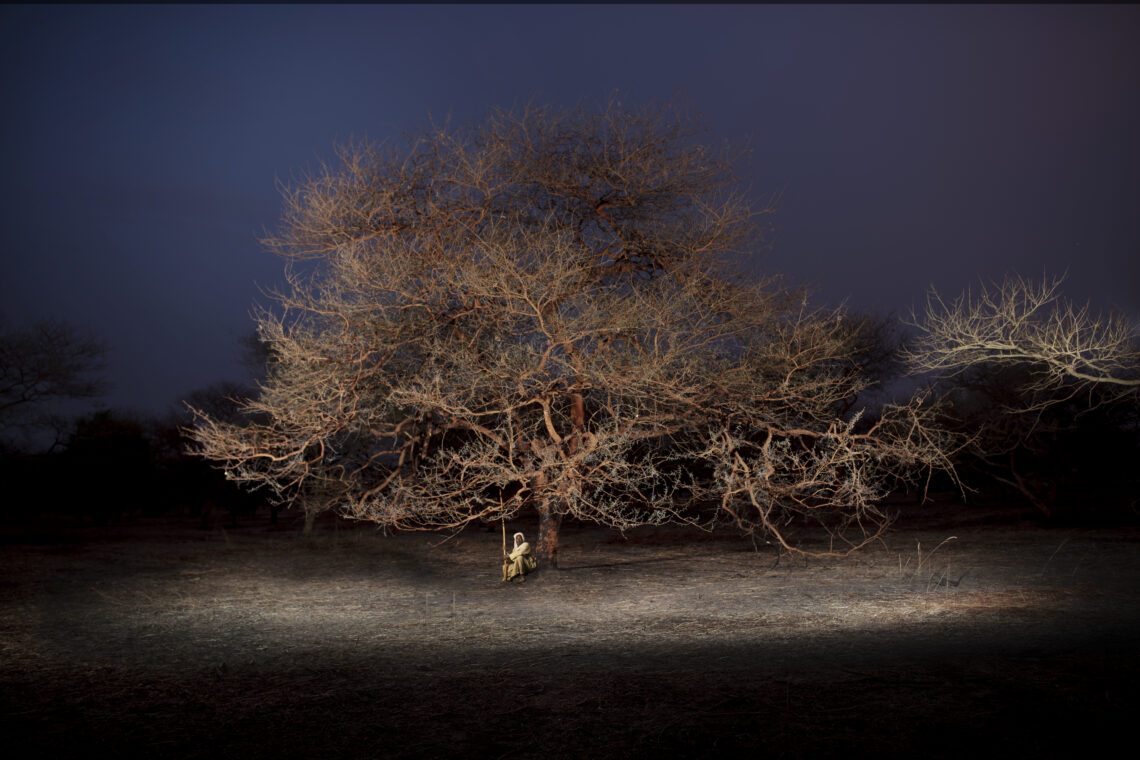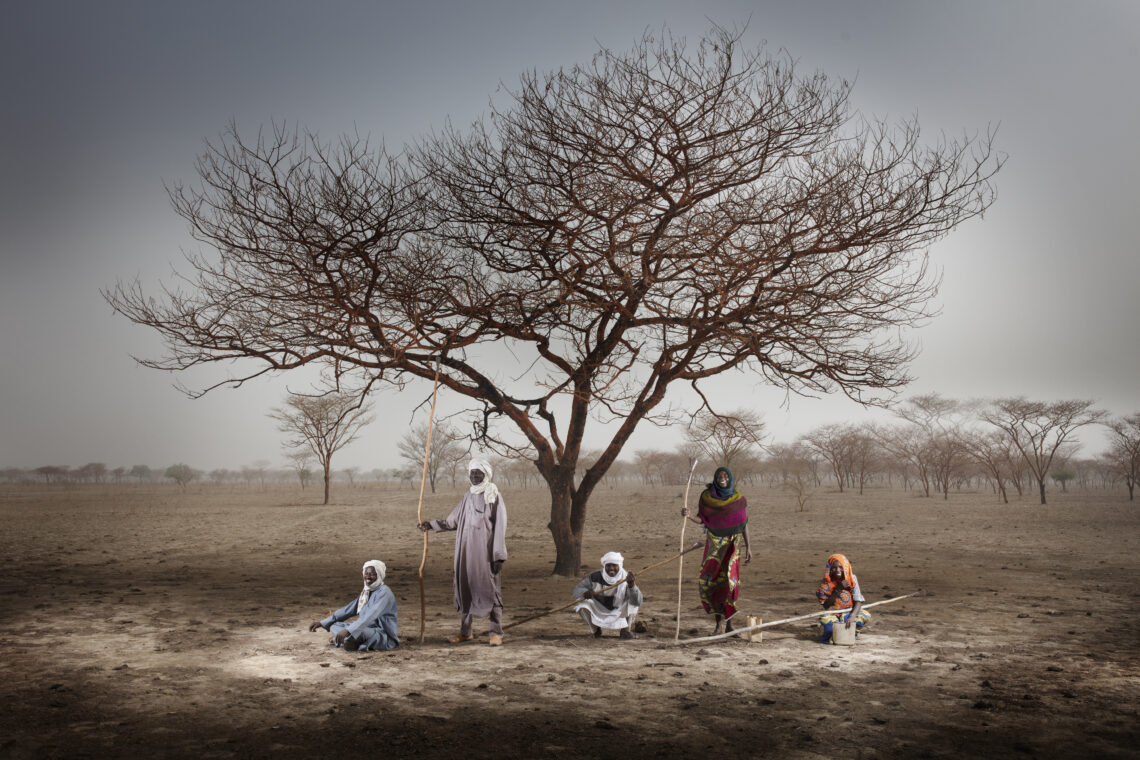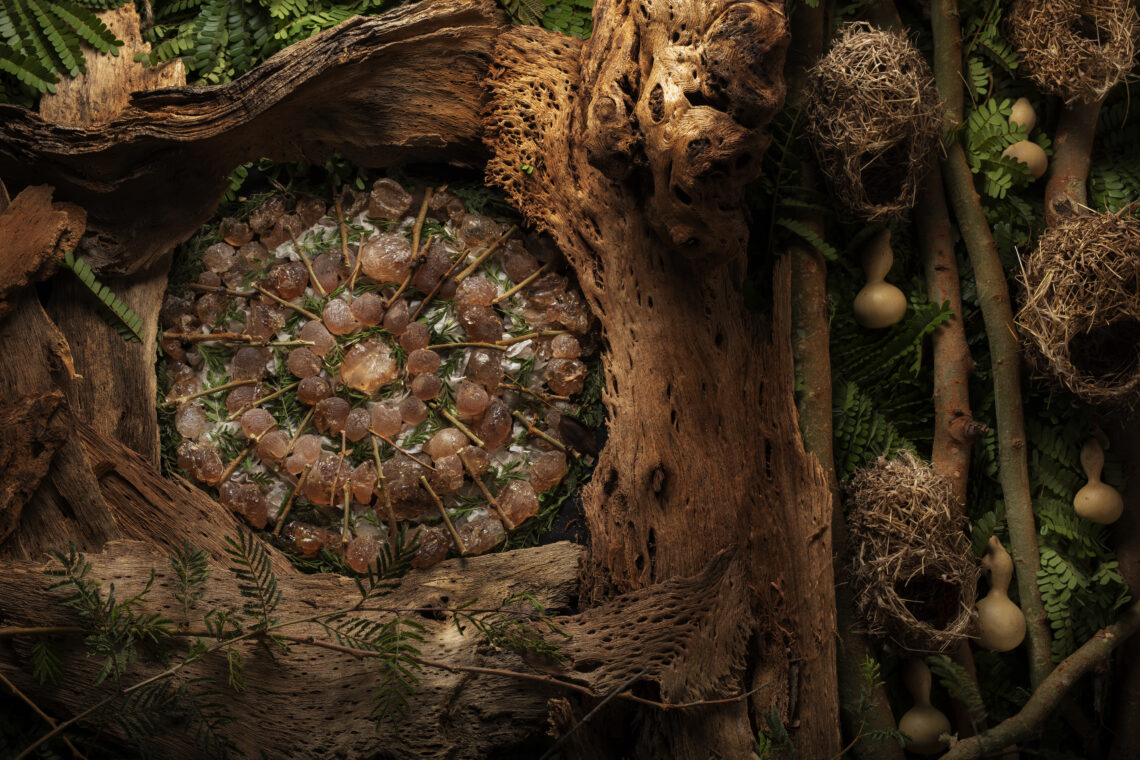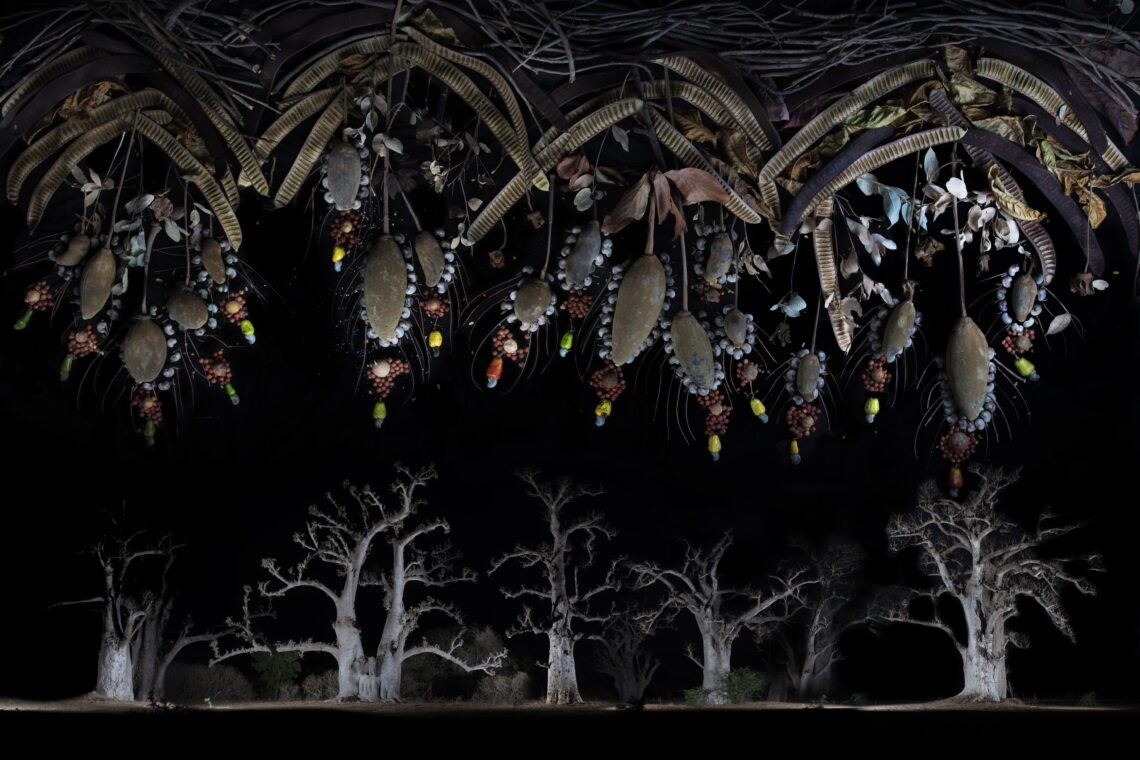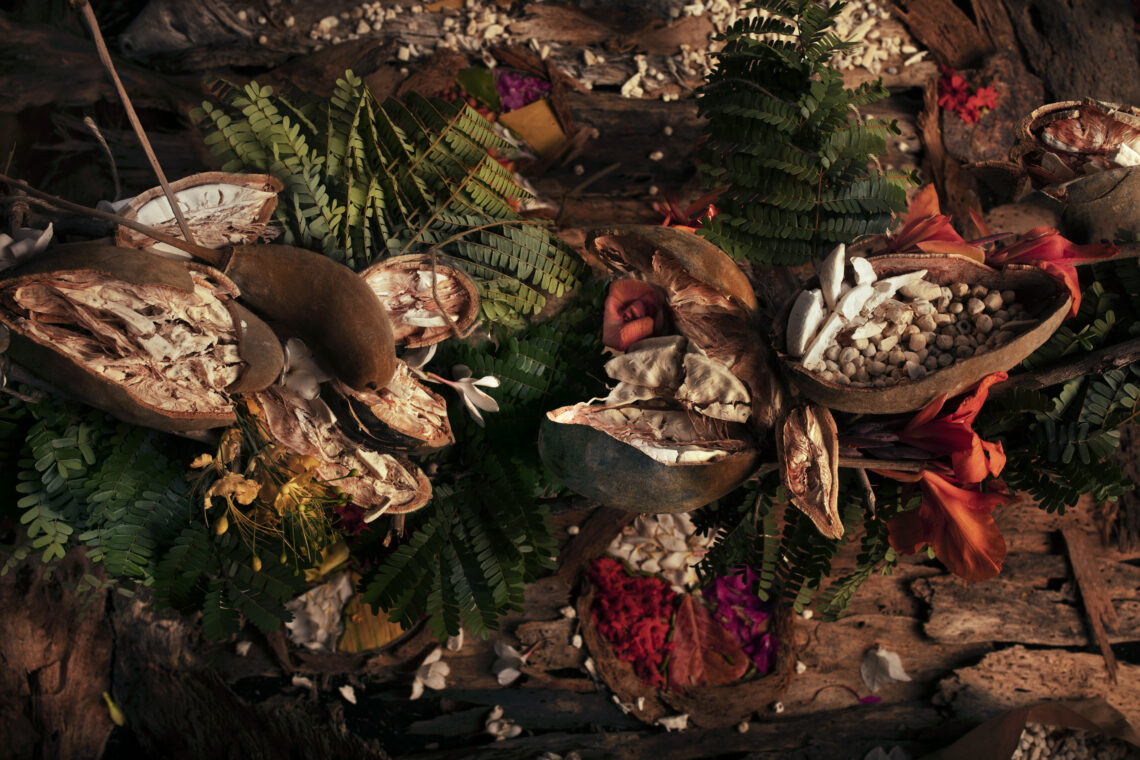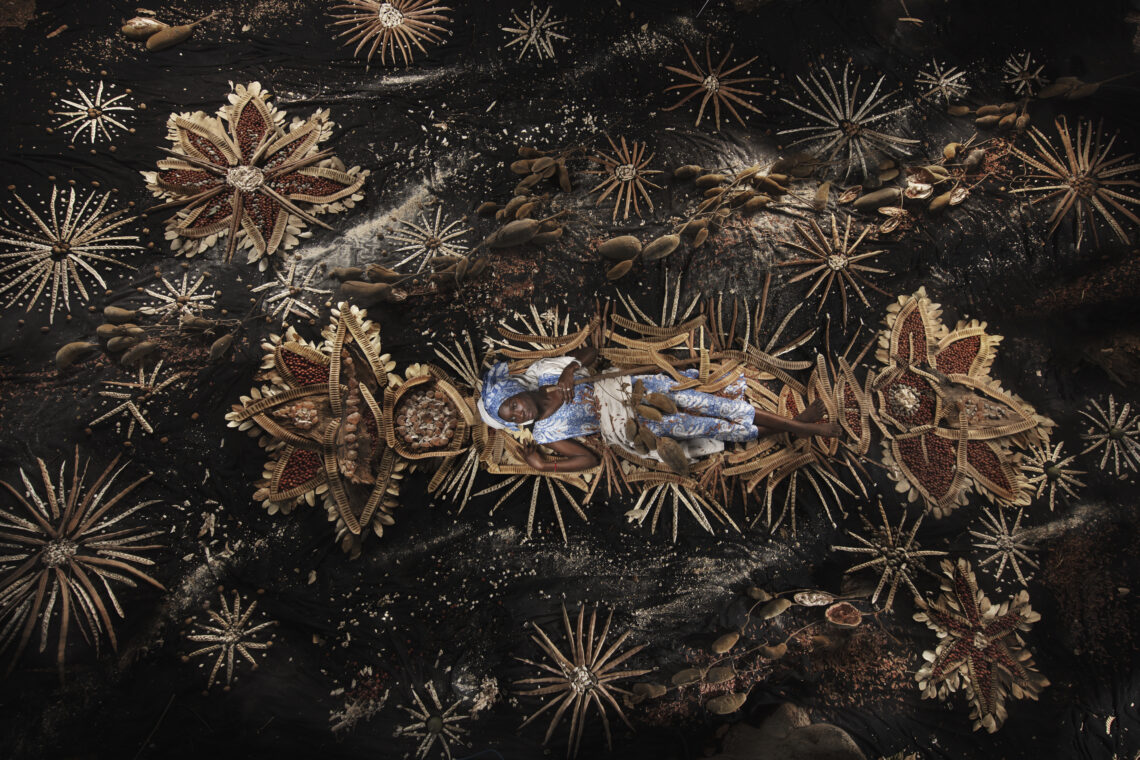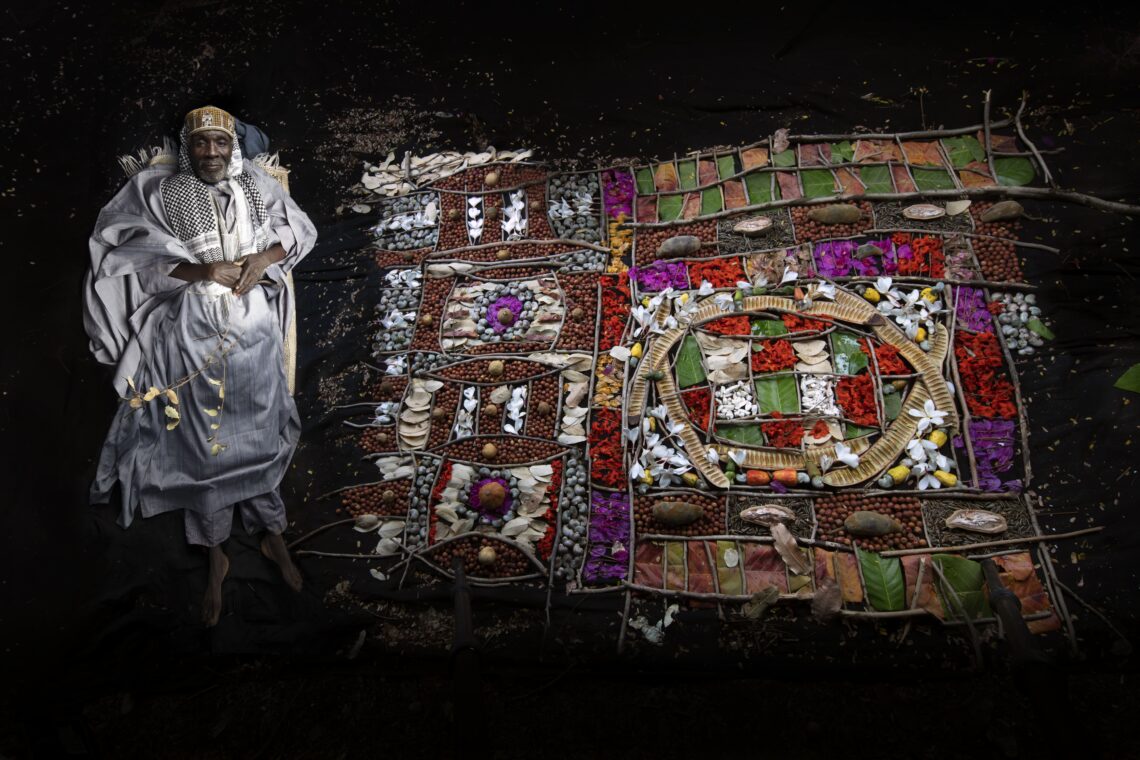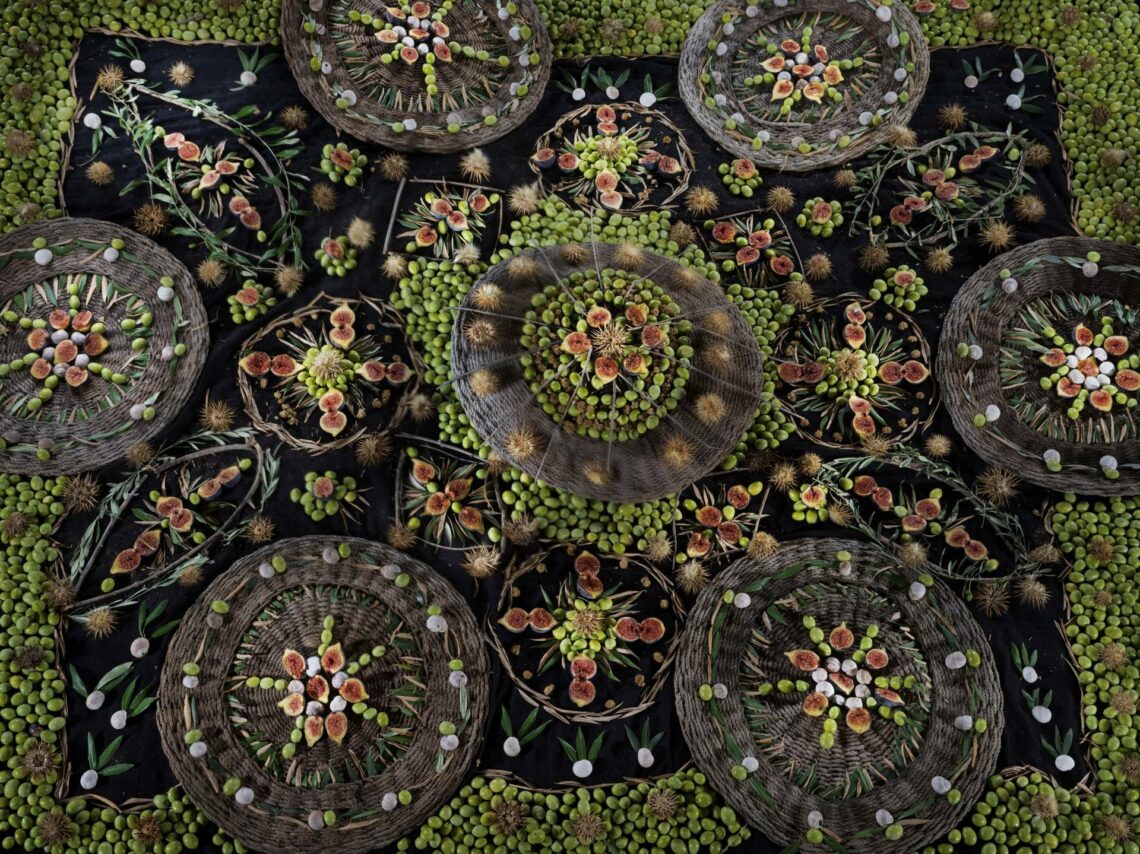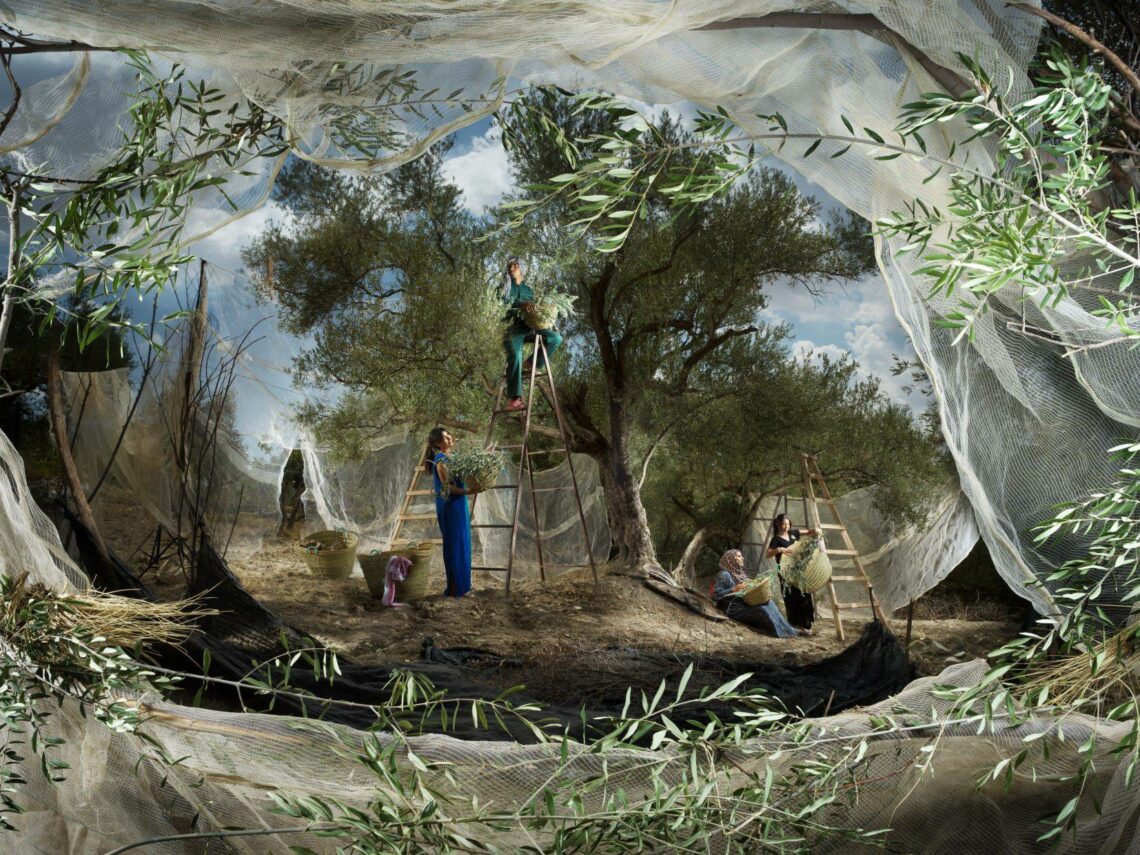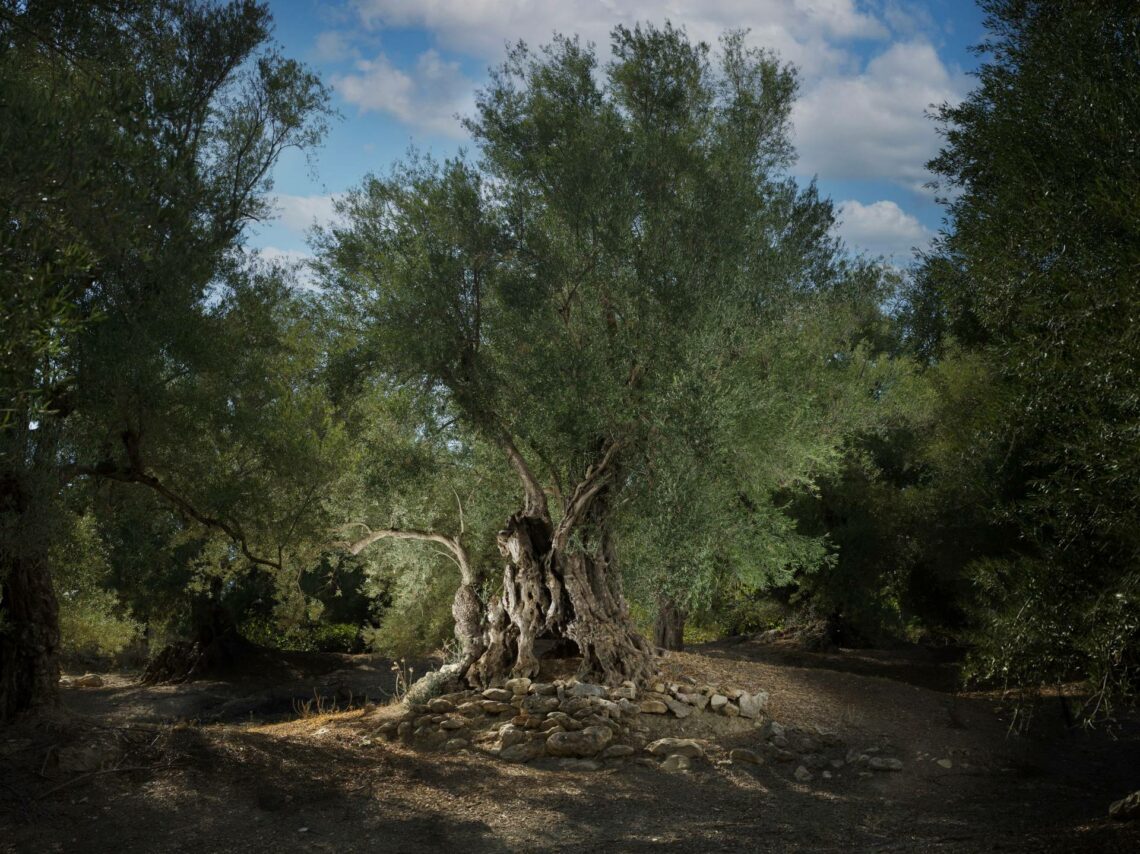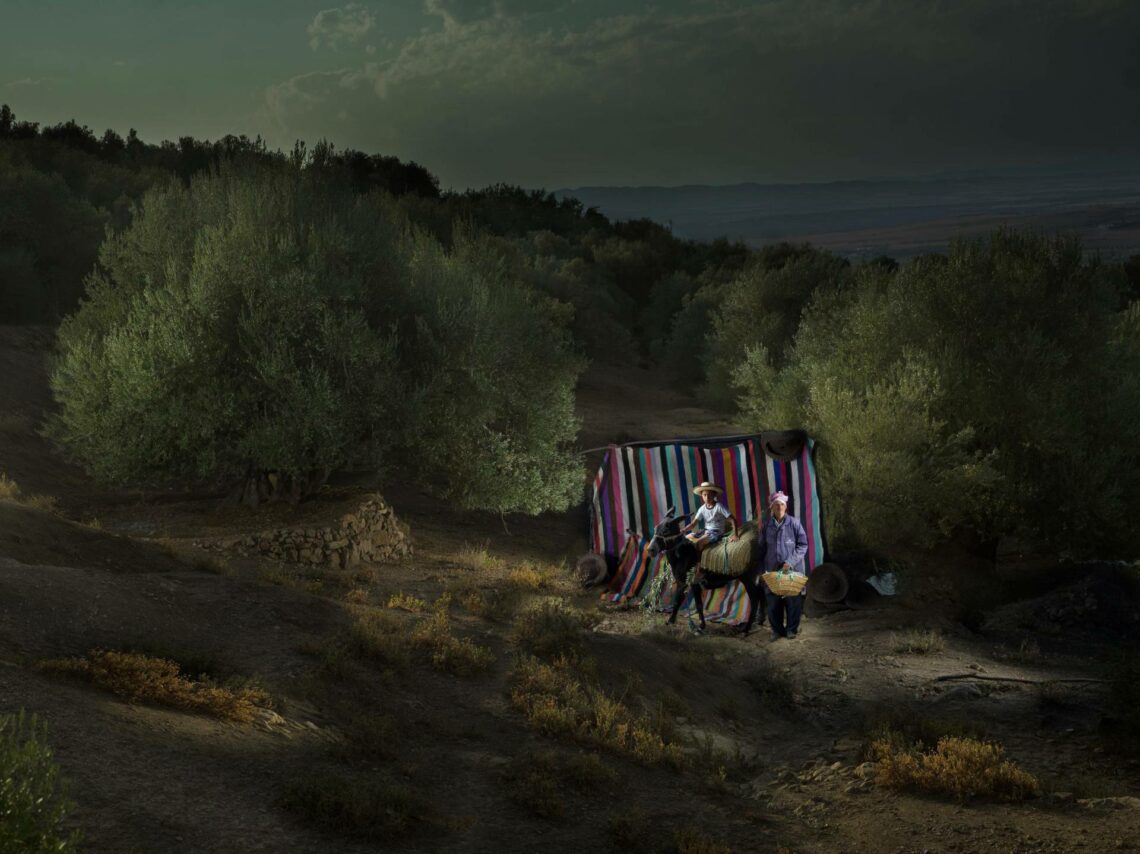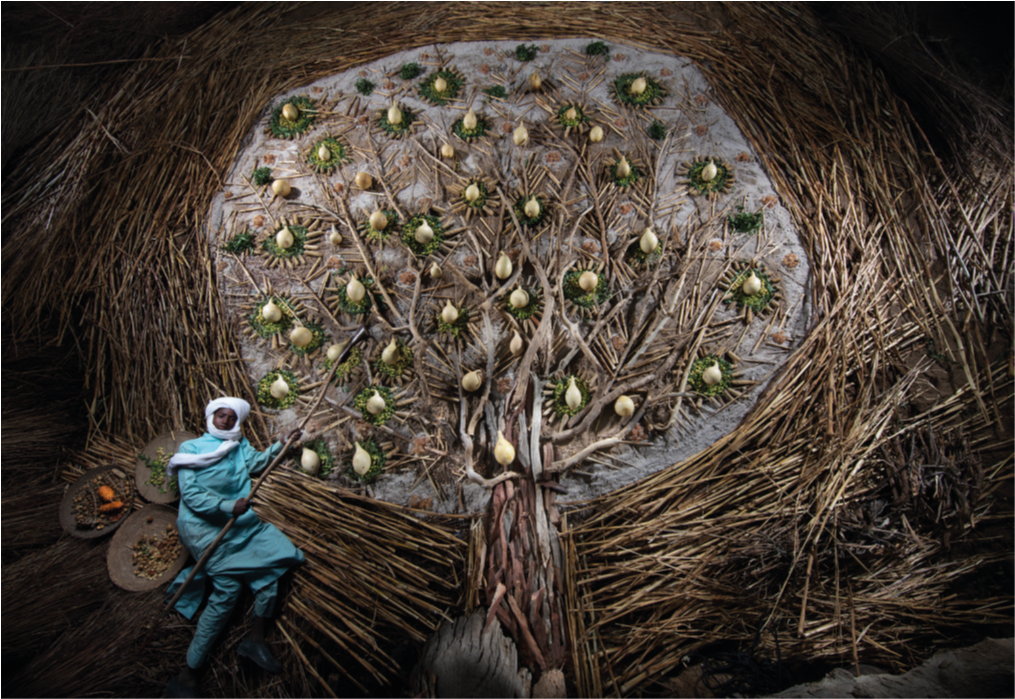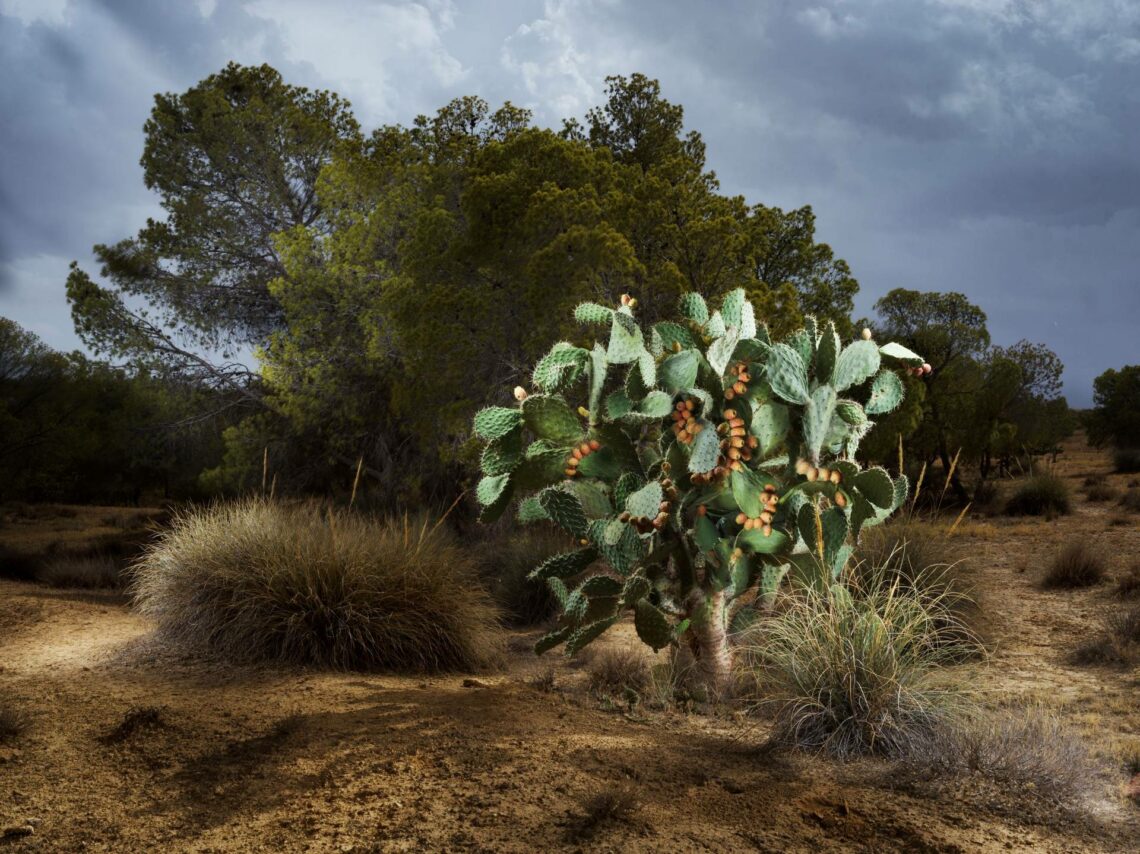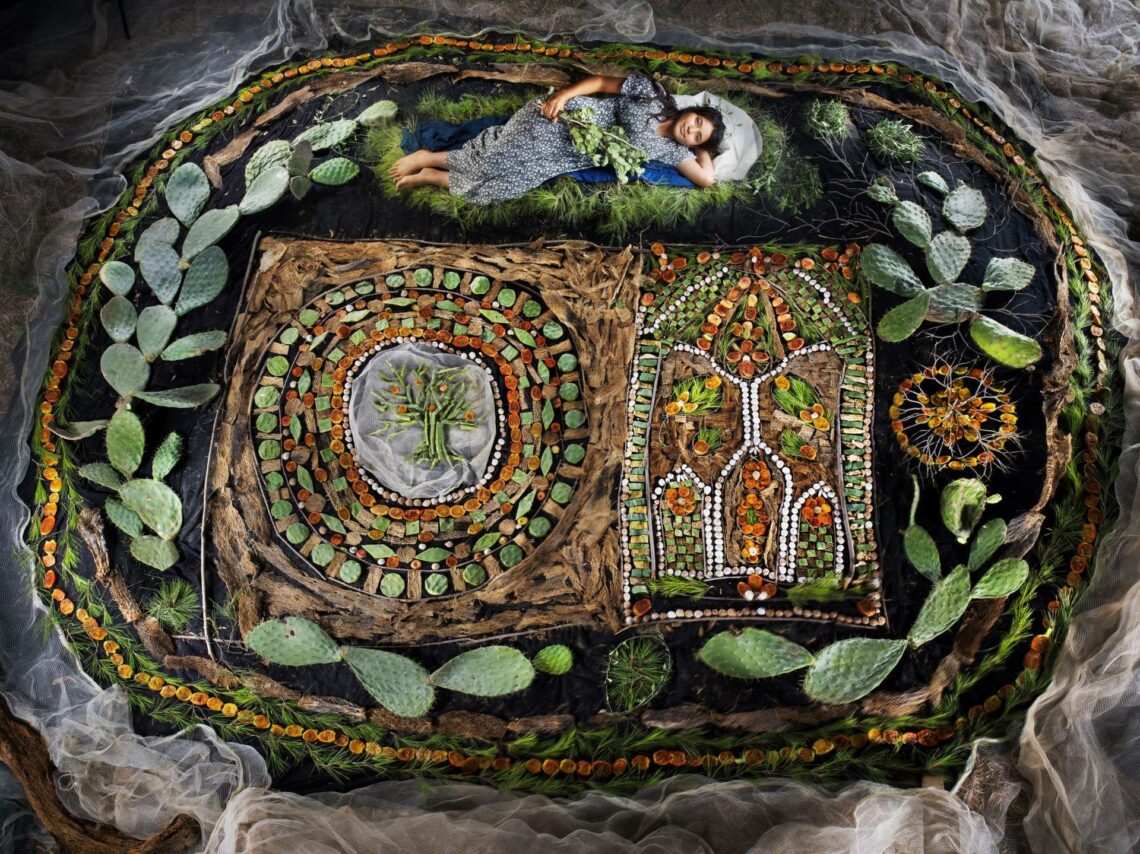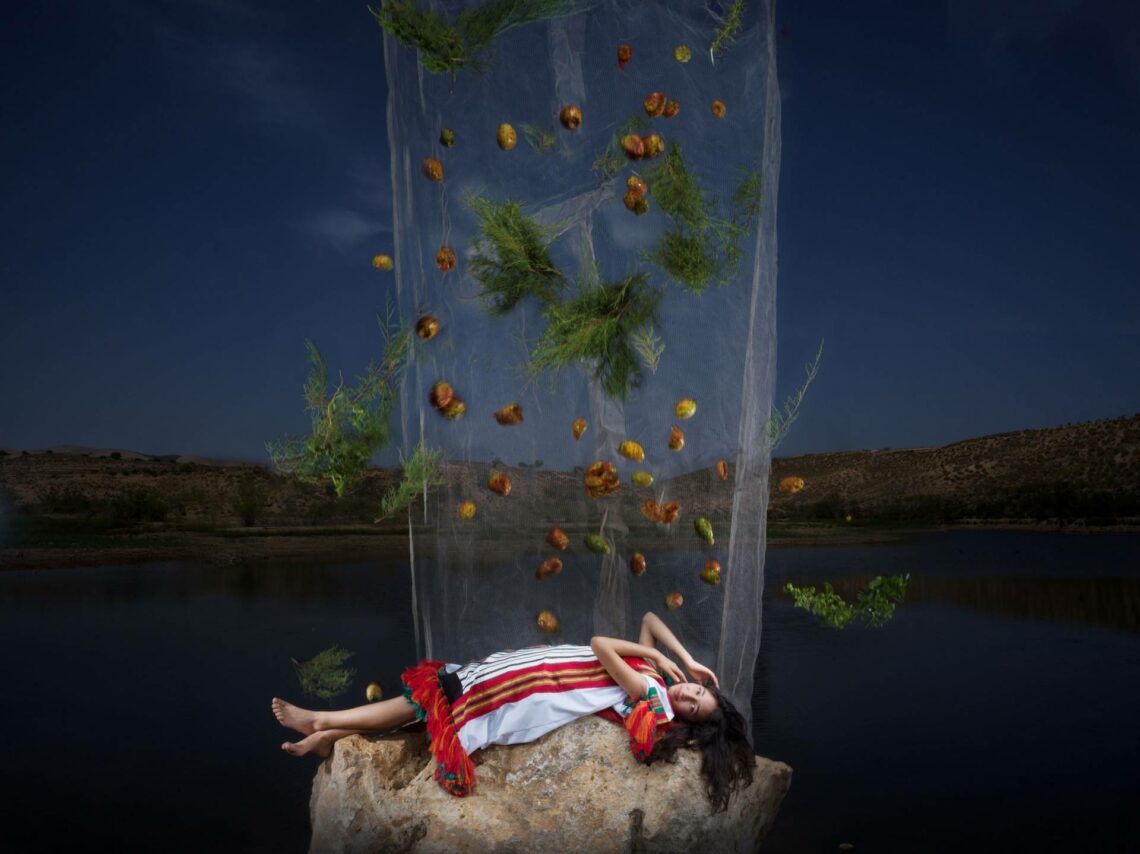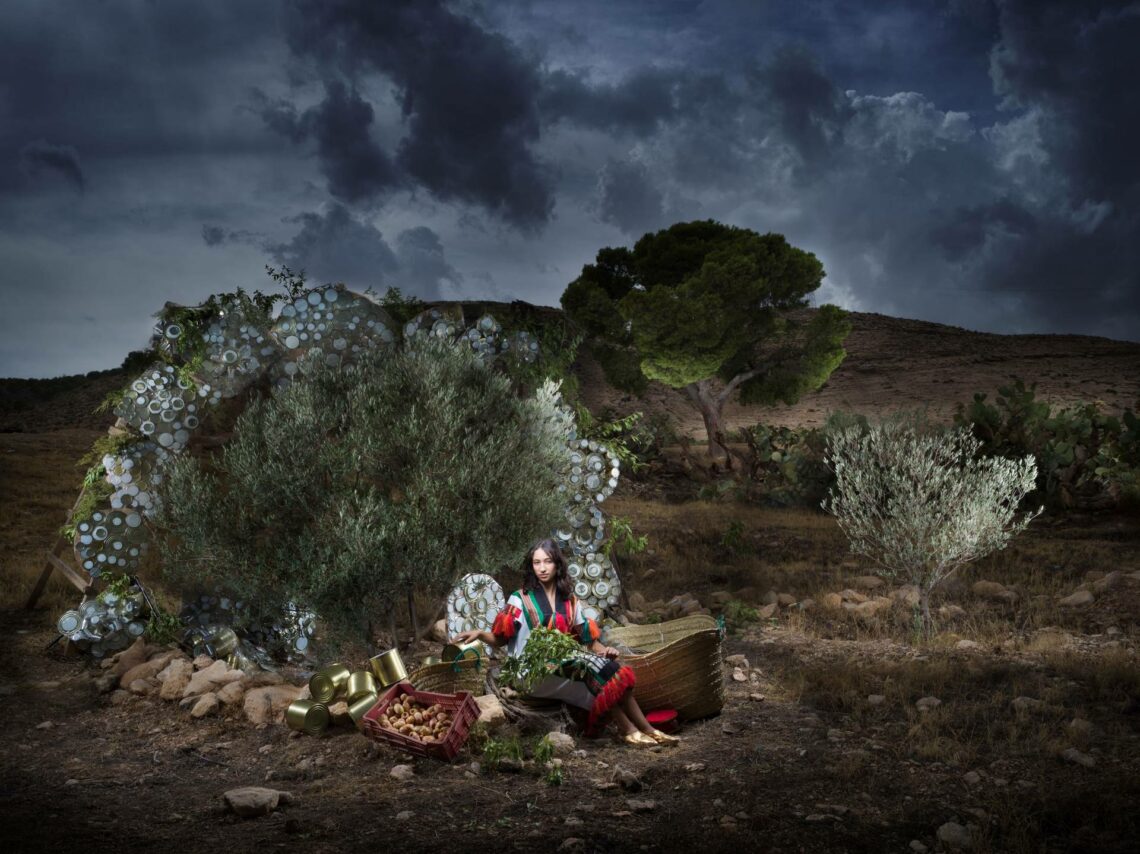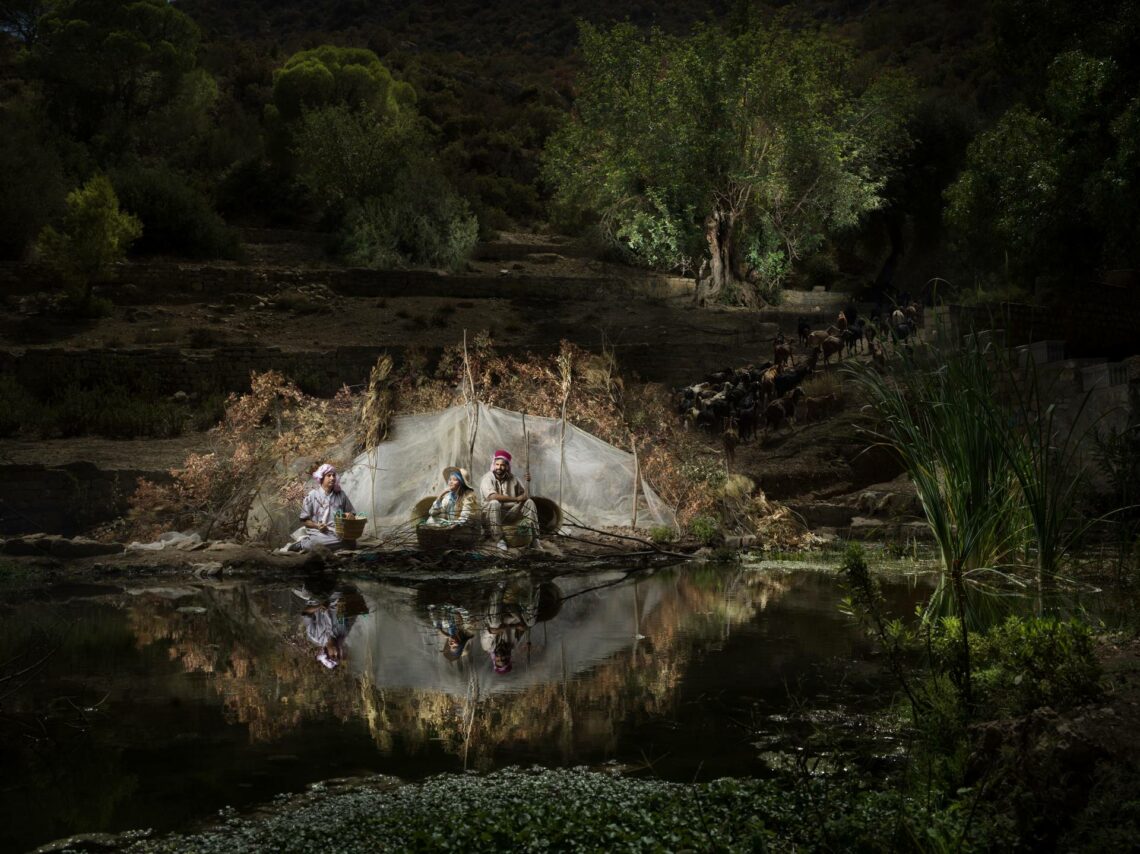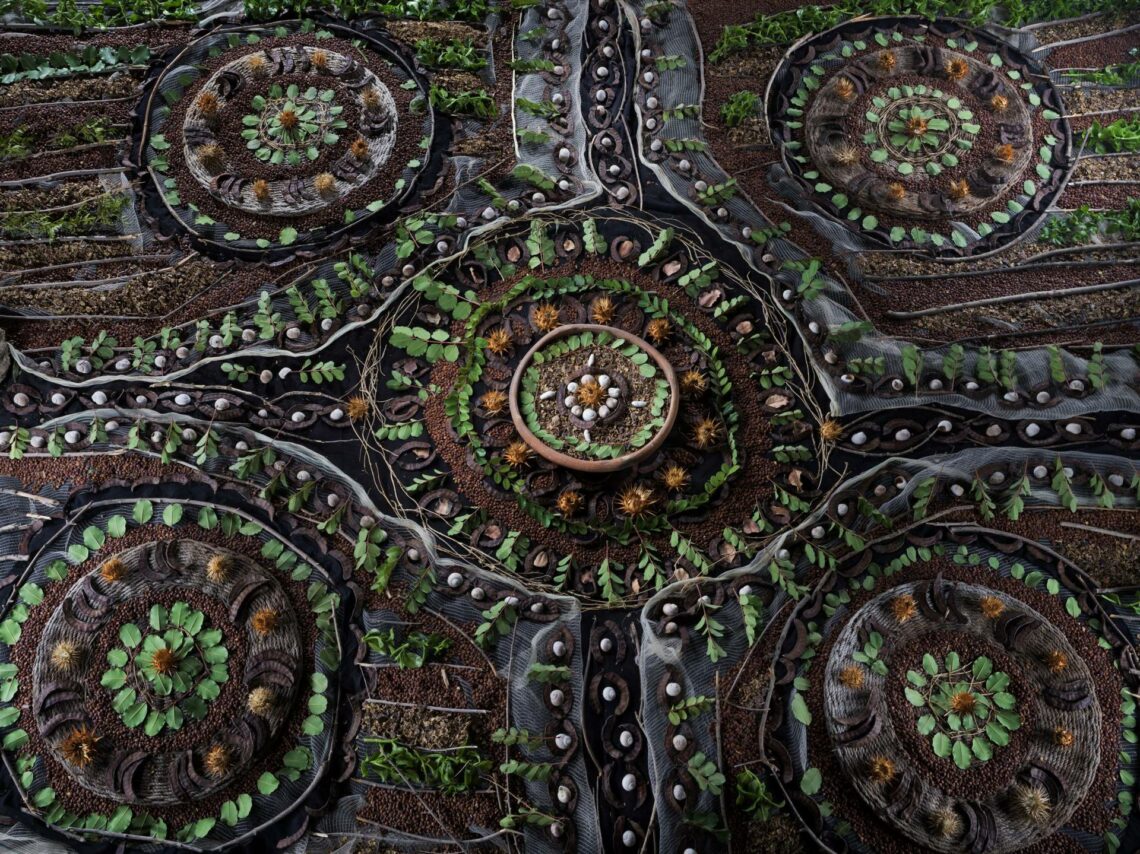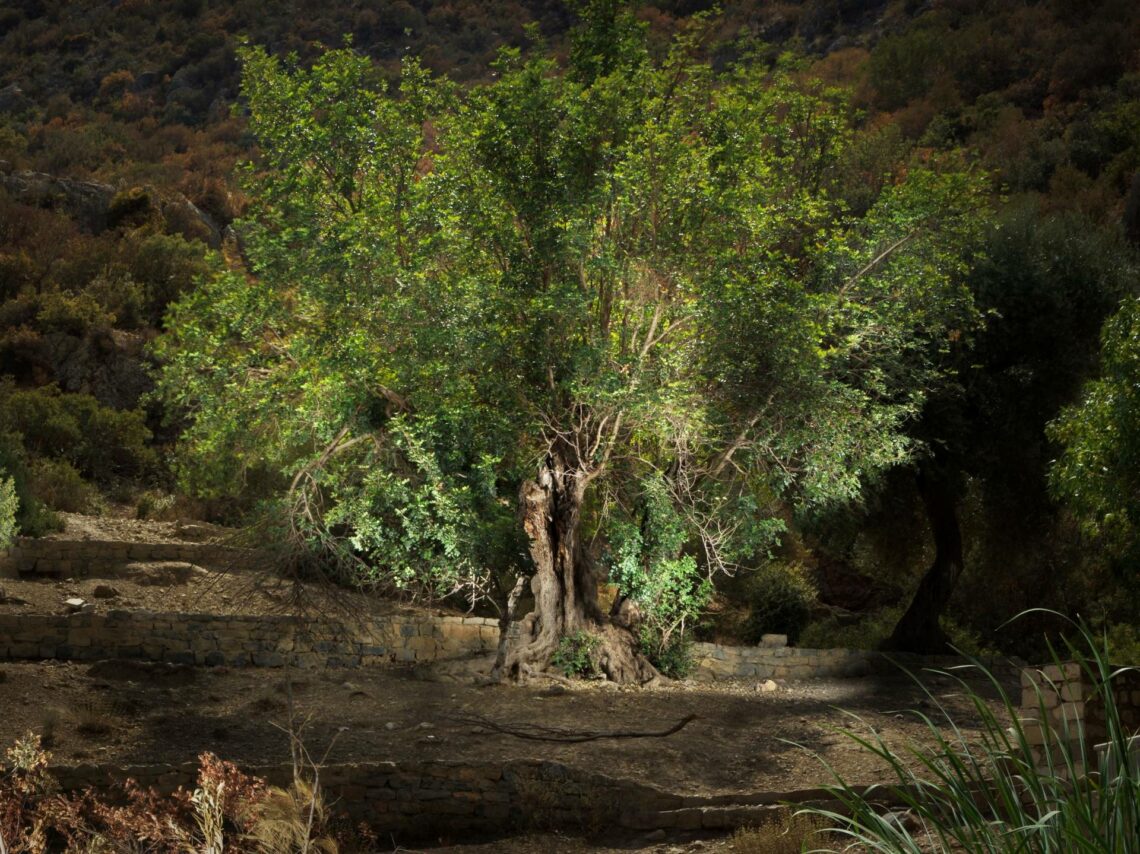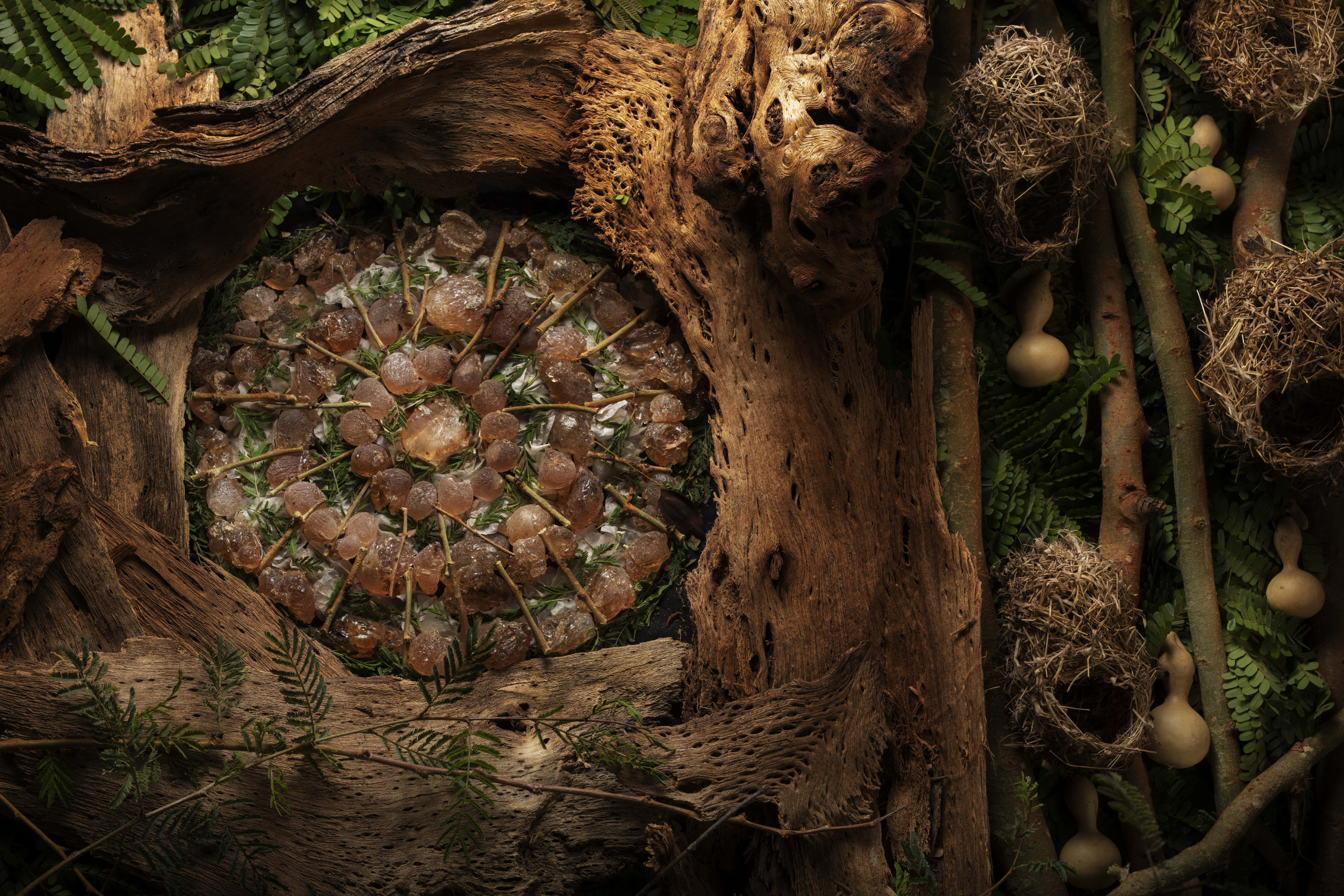
Trees of Life
“Nexira has been committed for decades to preserve the acacia forests, replant trees as part of the Great Green Wall, provide better tools and infrastructures to our producers, and thus create virtuous ecosystems. The “Trees of Life” exhibition supports this commitment and aims to explain the general public about the vital importance of these trees, notably acacia, baobab, and balanites. I am particularly proud of this artistic project, a symbol of our responsible commitment.”
Mathieu Dondain, Vice President and Managing Director.
In order to showcase their partnership, Nexira and SOS SAHEL embarked on an innovative artistic project in collaboration with the ByArt agency and the photographer artist Nicolas Henry, who went on a residency in Chad and Senegal to narrate this extraordinary and positive story through the exhibition “Trees of Life”.
Discover the incredible series of photos by the artist Nicolas Henry:
In 2025, Nexira begins a new chapter of the “Trees of Life” project
In phase 2 of the “Trees of Life” of the Mediterranean basin, it is once again the photographer Nicolas Henry who recounts this exciting, extraordinary story between Nexira and the Trees of Life, through his poetic and emotional images. In phase 2 of the “Trees of Life” of the Mediterranean basin, it is once again the photographer Nicolas Henry who recounts this exciting, extraordinary story between Nexira and the Trees of Life, through his poetic and emotional images.
A Unique Partnership turning into the innovative artistic Trees of Life project
Driven by the common desire to build a responsible world by improving the living conditions of producers, SOS SAHEL and Nexira launched the Acacia program 15 years ago. This program, which consists of agroforestry and reconstruction of ecosystems, makes it possible to bring entire regions back to life. This extraordinary collaboration proves that it’s possible to reconcile economic performance with a responsible society in a region where the environment is known to be extremely fragile.
The Ambitious Acacia Program
Nexira’s long-term commitment to sustainability has been proven to generate a sustainable harvest of acacia, leading to more qualitative and quantitative production, and to have a strong impact on environment and biodiversity.
Watch Mathieu Dondain and Ange Mboneye at ChangeNOW Summit explaining the unique partnership between Nexira and SOS SAHEL.
Acacia Program spanning Phases 1 and 2 (2009-2020), included many great achievements: reforestation efforts, enhanced biodiversity, and socio-economic development for local populations. The ongoing Phase 3 (2022-2030) further strengthens Nexira’s commitment, involving 200 villages and 50,000 producers with an expected annual carbon sequestration of over 60,000 tCO2e.
Nexira’s environmental exemplarity is backed by the substantial results of our longstanding Acacia Program, which reflects our unique commitment towards the supply of acacia and to the local communities involved.
The Acacia Program is particularly aligned with four of the United Nations Sustainable Development Goals and is part of the Great Green Wall.
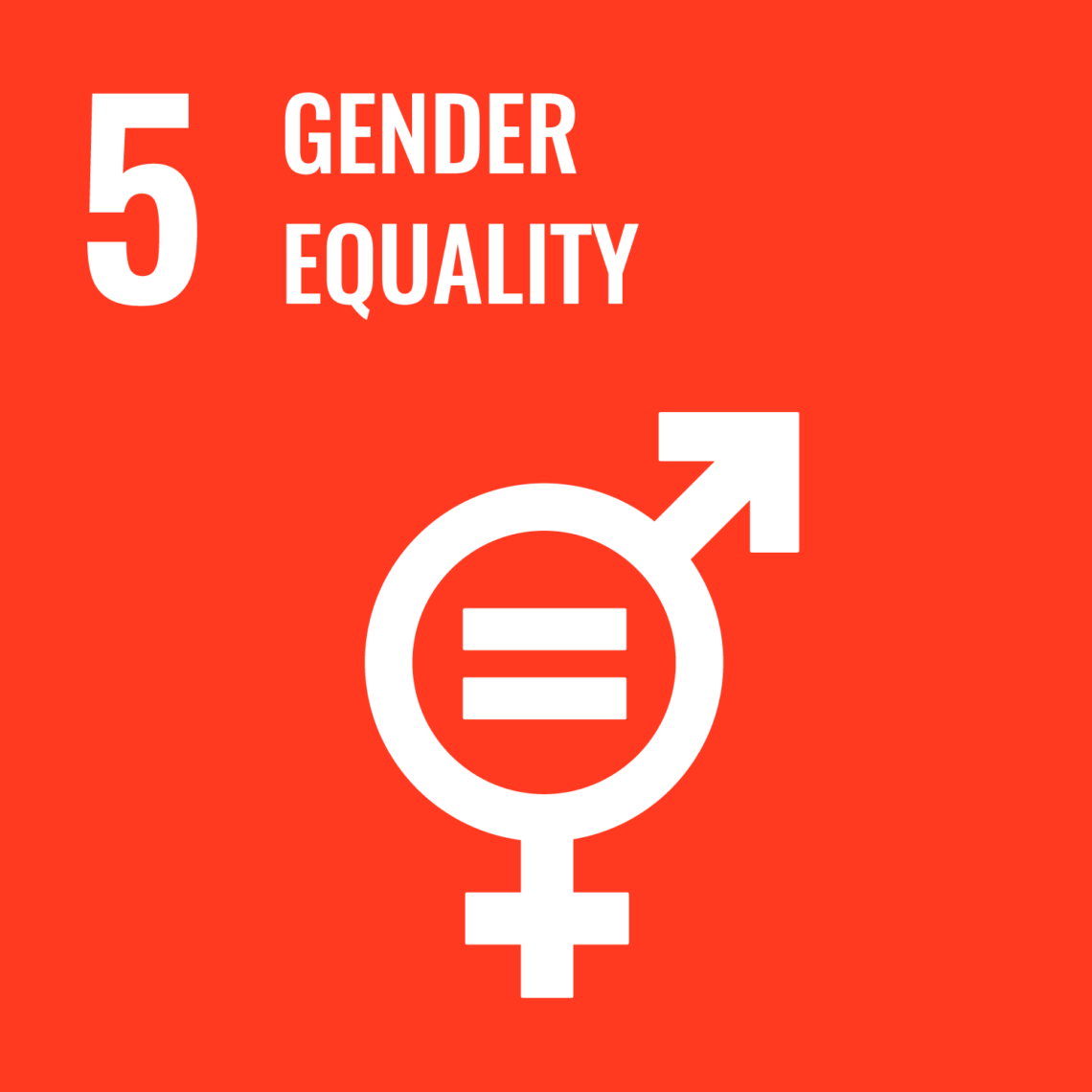
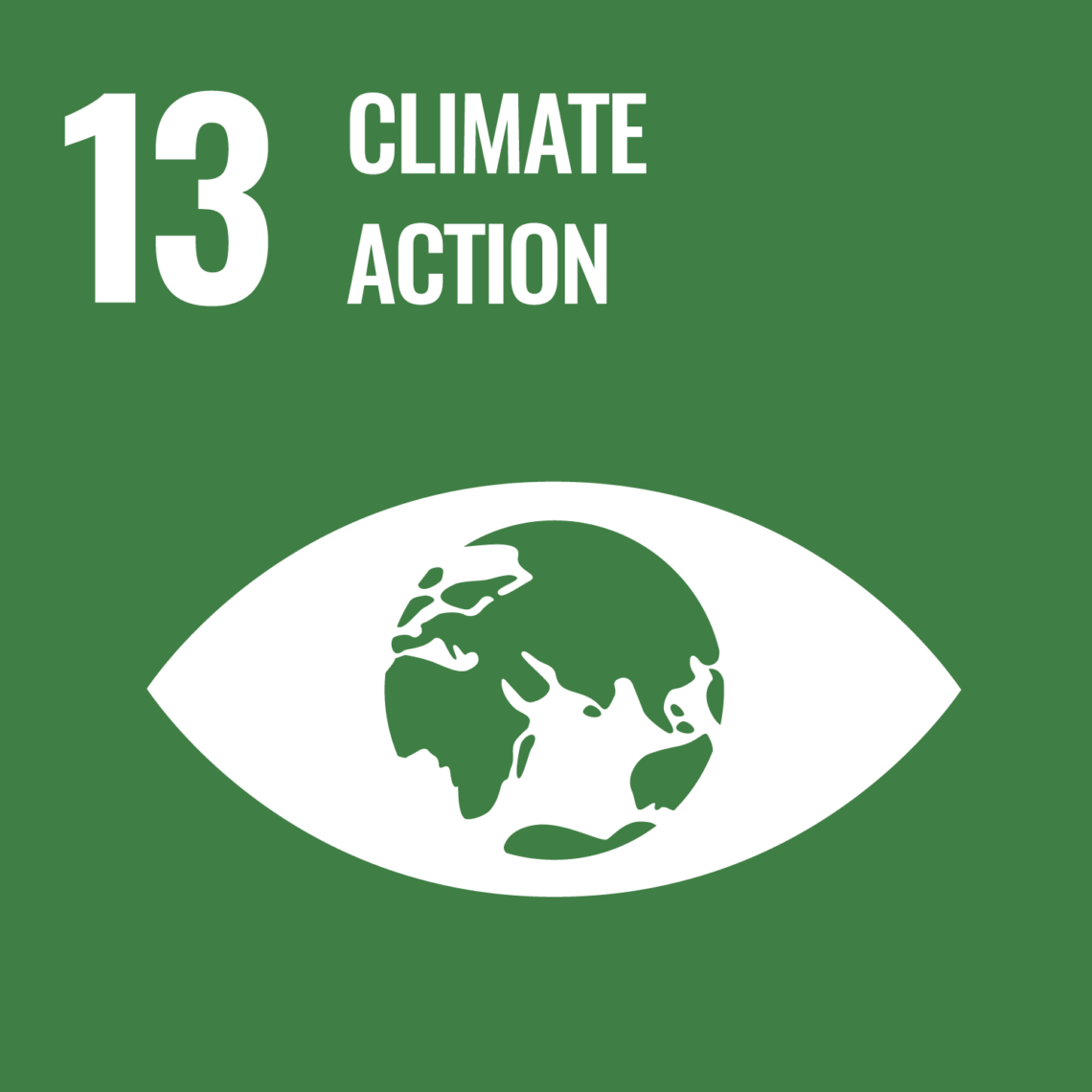
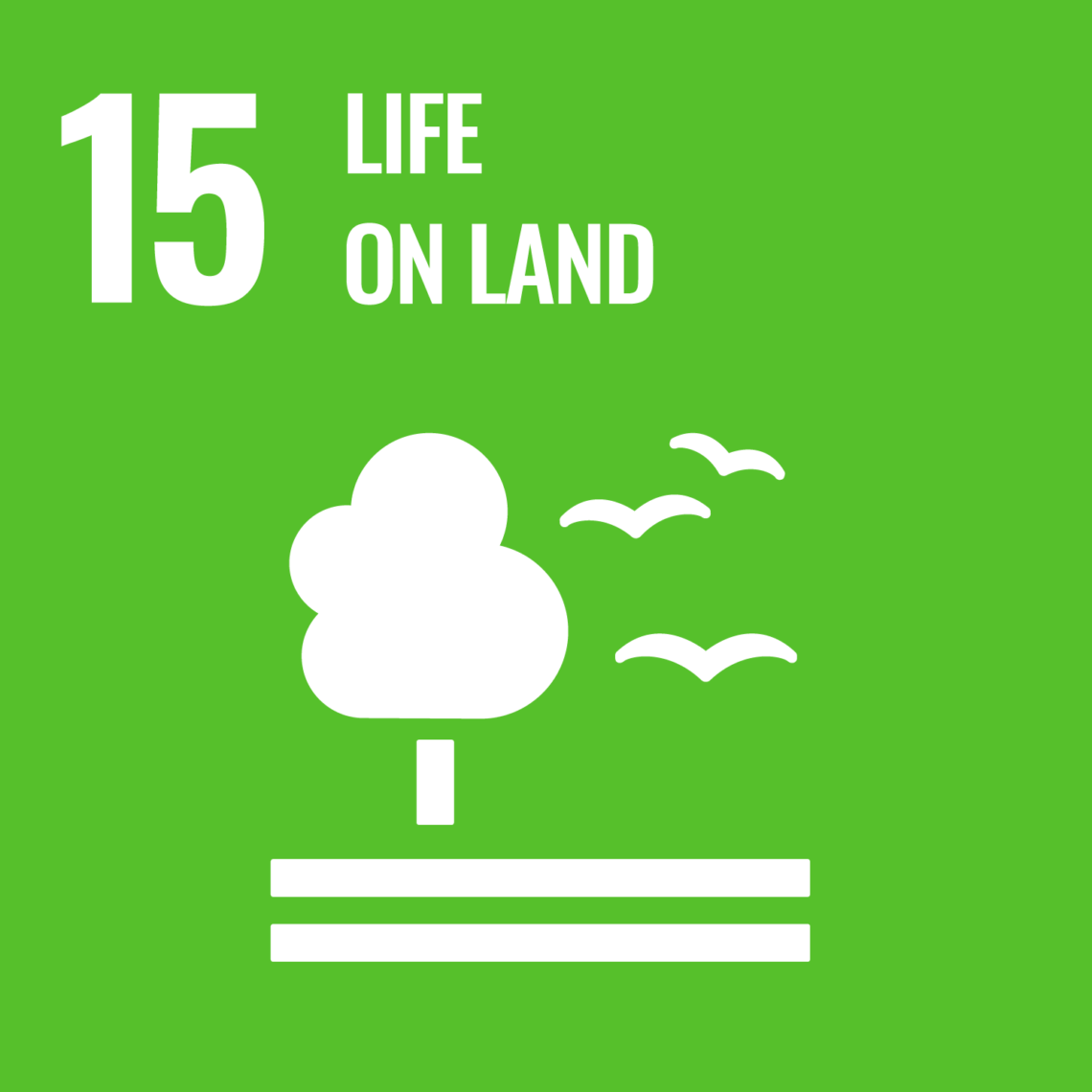
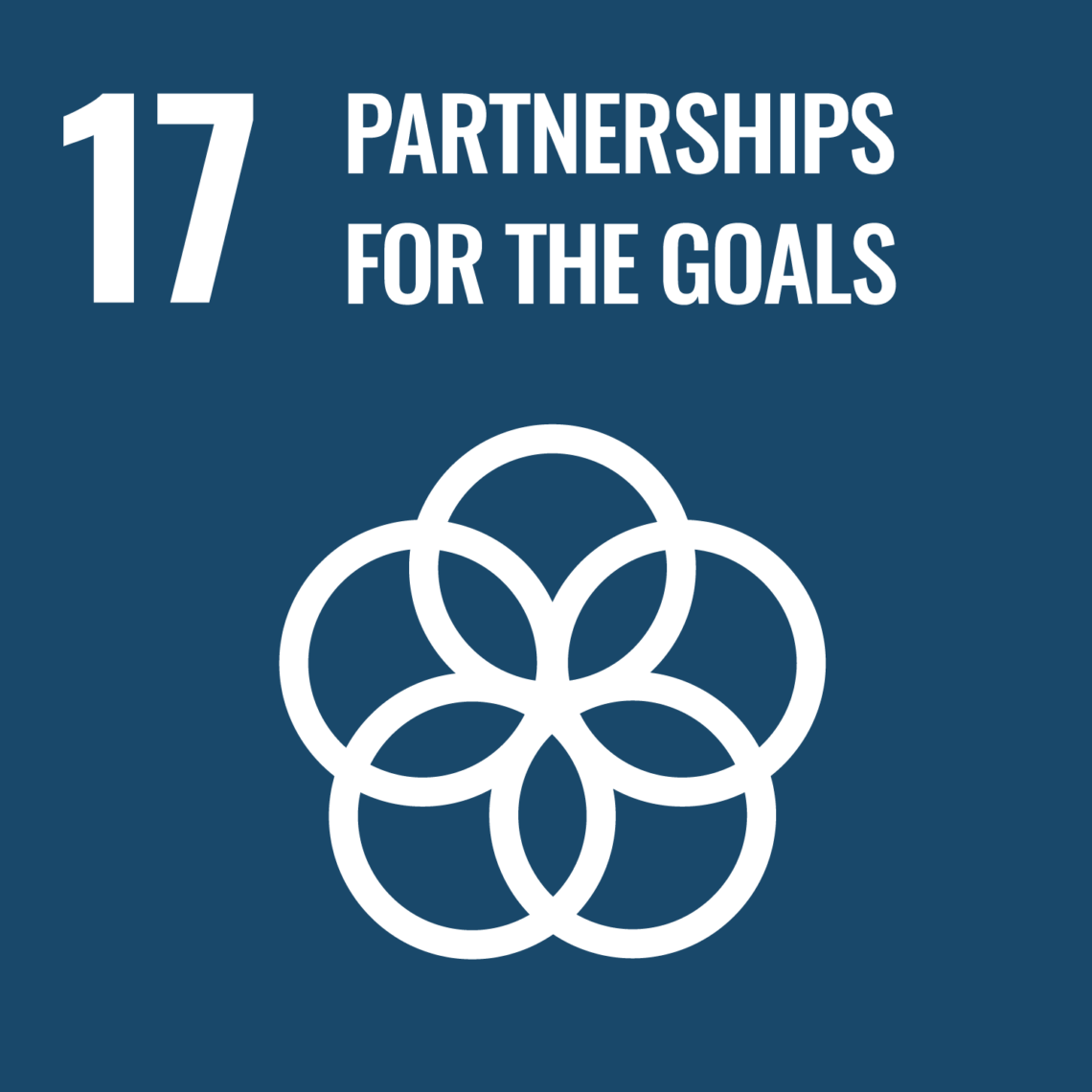
Leveraging Art as a Powerful medium to Share Nexira’s actions
Nicolas Henry, who is also the founder of the Photoclimat Biennale in Paris, has long been interested in the Great Green Wall project. This initiative, led by the African Union and NGOs like SOS Sahel, aims to combat desertification by planting trees from east to west across the African continent. This effort helps save species and creates a strong and sustainable development for local populations.
Invited by Nexira, Nicolas embarked on a residency in Chad and Senegal, hosted by SOS SAHEL, to tell this extraordinary and positive story in his own way.
“We engaged an artist to ensure our actions could be understood, felt, and shared. Embracing an artistic perspective allows us to share a visual form to our narrative, enhancing its accessibility. Opting for a poetic and visually engaging storyline taps into our collective imagination and emotions,” Mathieu Dondain, Vice President and Managing Director. Discover how art provides powerful means for sustainability:
Nicolas returned with an incredible series of photos entitled “Trees of Life” (“Arbres de Vie”). The images feature Nexira’s iconic product, Acacia, as well as the Baobab and Balanites. These trees make it possible to stop the advance of an uninhabitable desert, providing the local medicinal ingredients from which modern science draws a vast amount of knowledge. The harvest of the Acacia, Baobab, and Balanites trees – and the trade of their products – provide additional crucial income to the producers, in particular, the women of the Sahel region. The results of the harvest comprise a large sector of consumable products and are a vital resource for all of humanity.
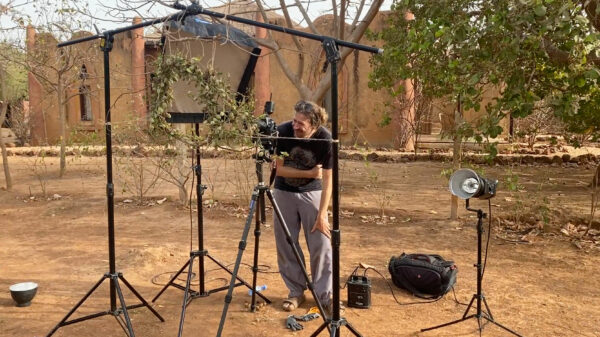
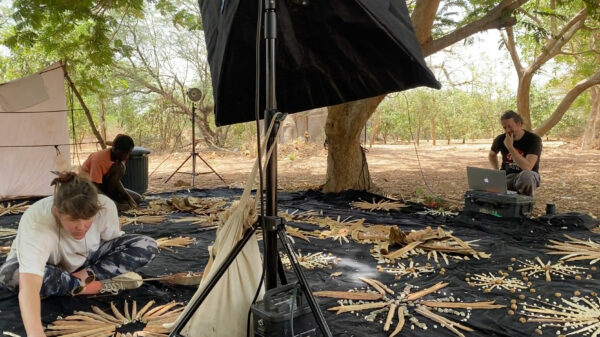
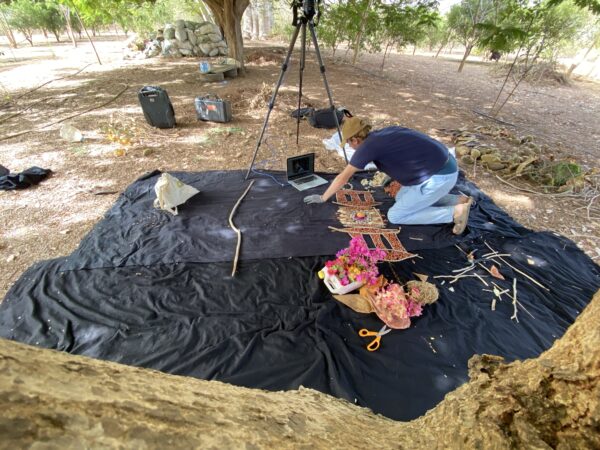
About Nicolas Henry
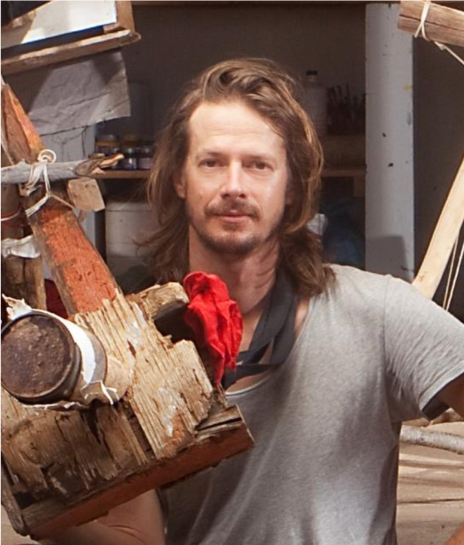
The art of the versatile French artist Nicolas Henry, born in 1978, borders between portrait, theater, and installation. His art has been exhibited worldwide, showcasing works that mix multiple mediums including photography, writing, and sculpture.
Henry’s book on communities, Imaginary Tales Around the World – Worlds in the Making, was published in 2016 by Éditions Albin Michel; it received the Mediterranean Prize for art books in 2017. Each of Nicolas Henry’s photographs contributes to his resolute humanistic ecological commitment.
The Multiple Benefits of the “Trees of Life”
” ‘The Great Green Wall’ is the resilience project which I have been seeking for a long time. It links agroforestry and the reconstruction of ecosystems, and is capable of bringing entire regions back to life. Driven by the African states, and NGOs such as SOS SAHEL, the ambition is to restore millions of degraded lands, create sustainable jobs, and boost the rural economy – all to strengthen the resilience of Sahelians.Planting hedges around large trees propagates demonstrable results in a relatively short time. In a few years after the planting, there is an explosion of life in the shade of these tree trunks: a reborn oasis“, says Nicolas Henry.
“There are multiple benefits including the provision of ingredients for local medicine, from which modern science draws a good amount of knowledge. The ingredients sourced from the Sahel are a massive part of the products we consume, such as food and drinks, supplements, and cosmetics. The harvest offers additional income to the residents of the Sahel, especially to women, who are empowered to trade their products for the benefit of the planet.”
An Innovative Project Embarked on a Long Journey
This project has gained international recognition. These fascinating photos were presented for the first time at the Photoclimat Biennial in Paris on September 2023 and at ChangeNOW 2024, illustrating how the Great Green Wall can be beneficial for sustainable agroforestry. Now, it is set to embark on a journey across different countries.
The Photoclimat Biennial
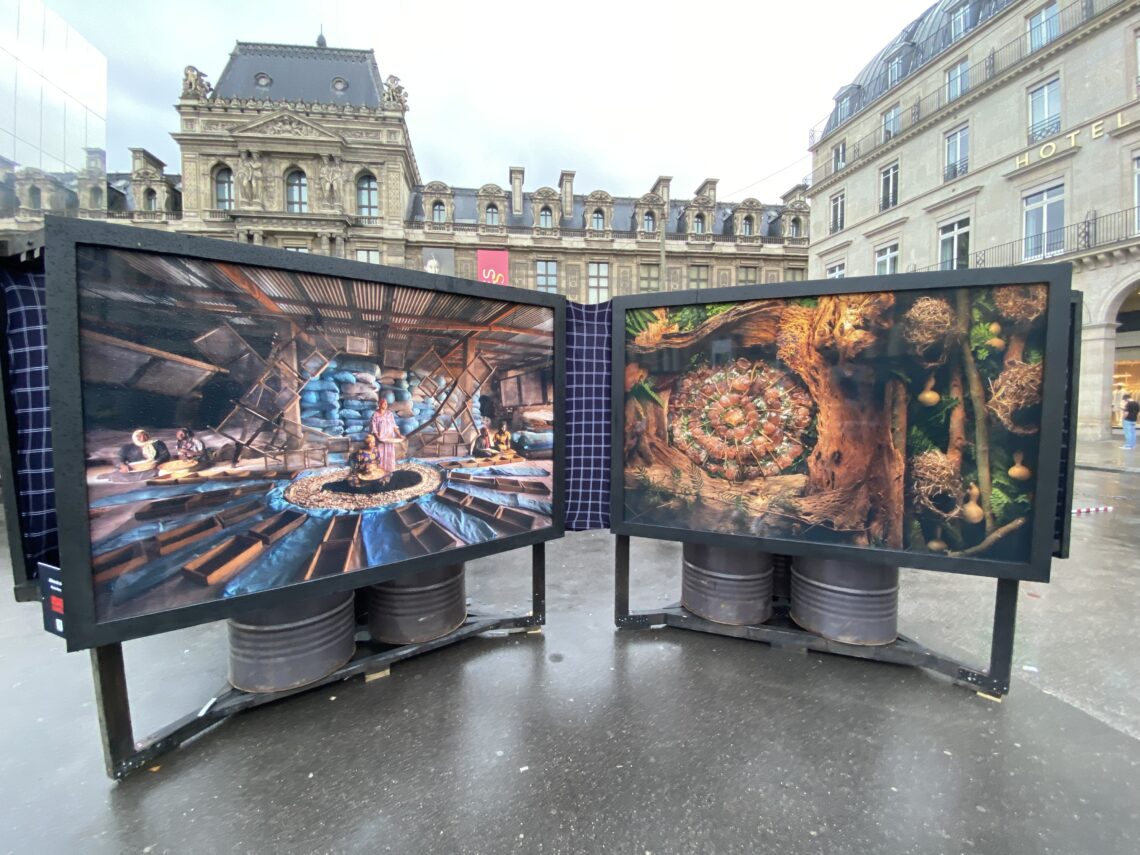
Paris Photoclimat Biennial, place du Palais Royal September 14 – October 15, 2023
This was the first edition of the Social and Environmental Biennial. Its aim was to give visibility to NGOs and Foundations using the medium of photographic art to document their daily actions. The primary purpose is to promote their good work, while highlighting the positive effects on the people and companies that engage with them.
ChangeNOW Summit
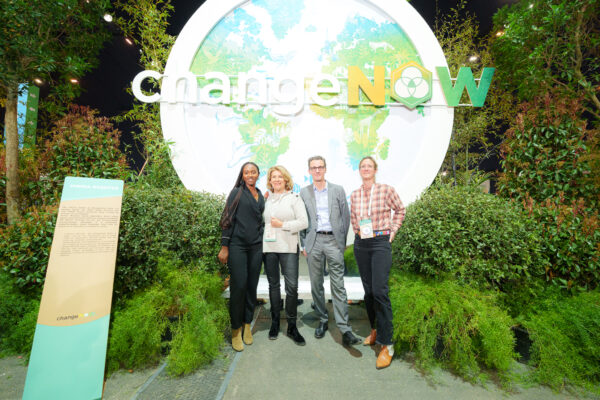
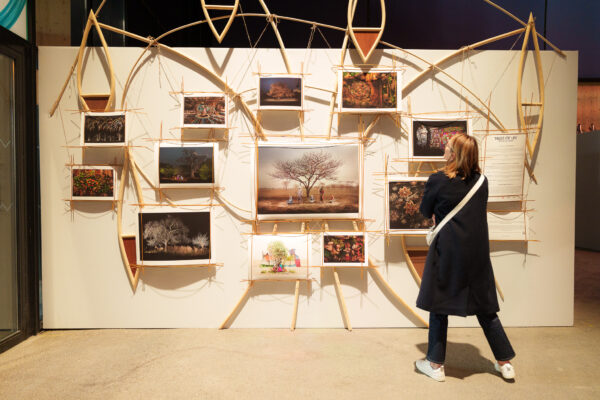
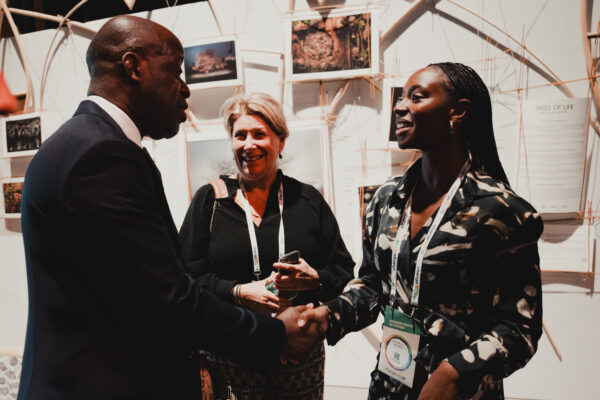
Ange Mboneye, Nathalie Cogis, Mathieu Dondain and Amélie Mathieu
The twelve photos selected
Alain-Richard Donwahi, Nathalie Cogis and Ange Mboneye
ChangeNOW Summit is the largest event of solutions for the planet. From April 24 to 26, 2024, the event brought together the most innovative solutions and impactful changemakers tackling our planet’s biggest challenges, to take action, together.
As a consecration, the Nexira, SOS SAHEL and ByArt had the honor to meet Alain-Richard Donwahi, President of COP15, at the ChangeNOW Summit. It was an incredible opportunity to highlight the third phase of the Acacia Program. The support of the President of COP15 reinforces Nexira’s mission to protect natural resources and the Trees of Life.
On the Way to Dakar in Senegal
This initiative is aimed at traveling to several cities and countries, thereby reaching a wider audience and reaffirming Nexira’s commitment as a socially responsible company.
The “Trees of Life” exhibition will be presented wherever possible, especially in the Sahel. It will begin in Dakar, Senegal. With the support of the French Embassy in Senegal, the exhibition will be presented at the French Institute of Dakar next June.
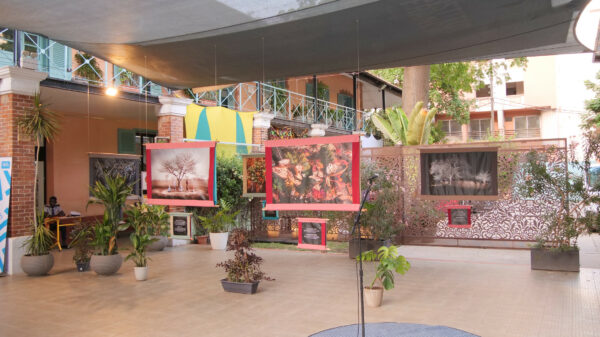
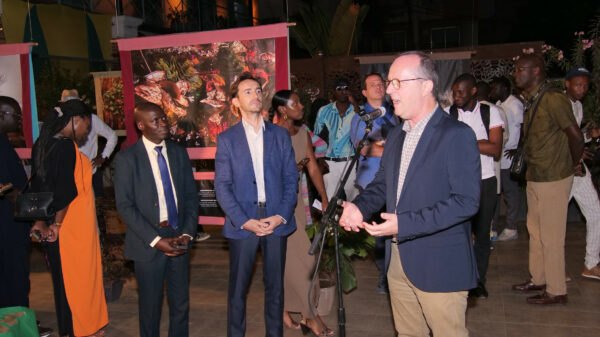
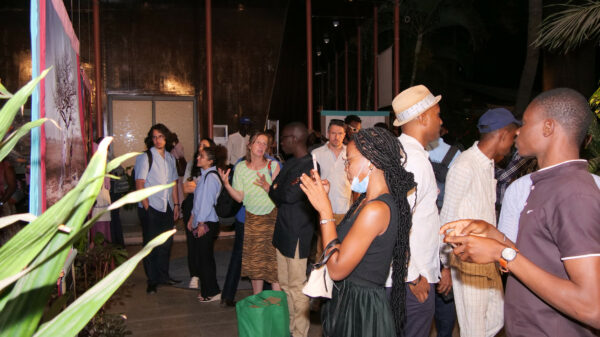
Heading to Serqueux, the world largest acacia gum production facility
This initiative is dedicated to all of our collaborators, more especially producers and harvesters, who share our values and commitments to environmental and social responsibility.
The exhibition will thus be visible in our Serqueux factory, the world’s largest acacia gum production facility. It will then be exhibited in other Nexira facilities in France and abroad.
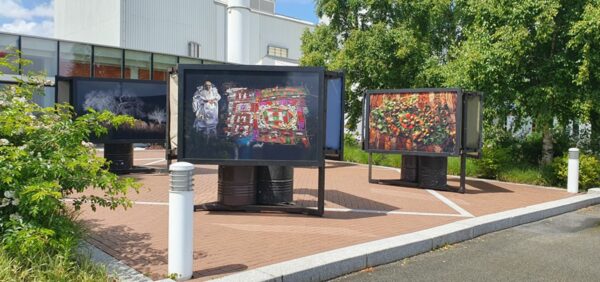
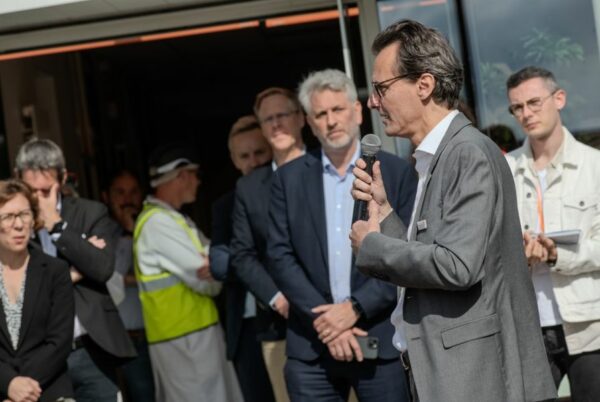
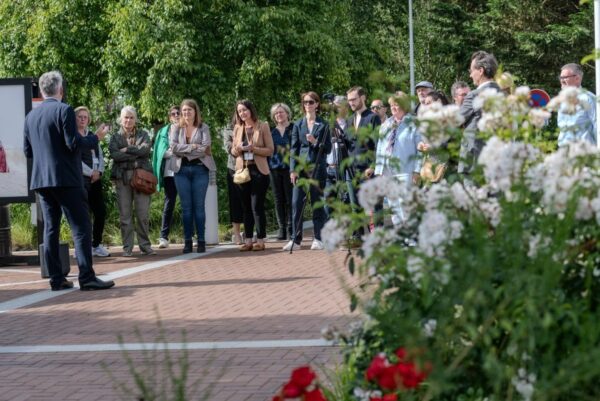
We look forward to seeing the Trees of Life project continue to inspire and delight throughout its journey.
#WeAreAcacia #TreesofLife
Pictures: ©Nicolas Henry
Making off: ©Caroline Daubie
Videos: ©Christophe Corinus
